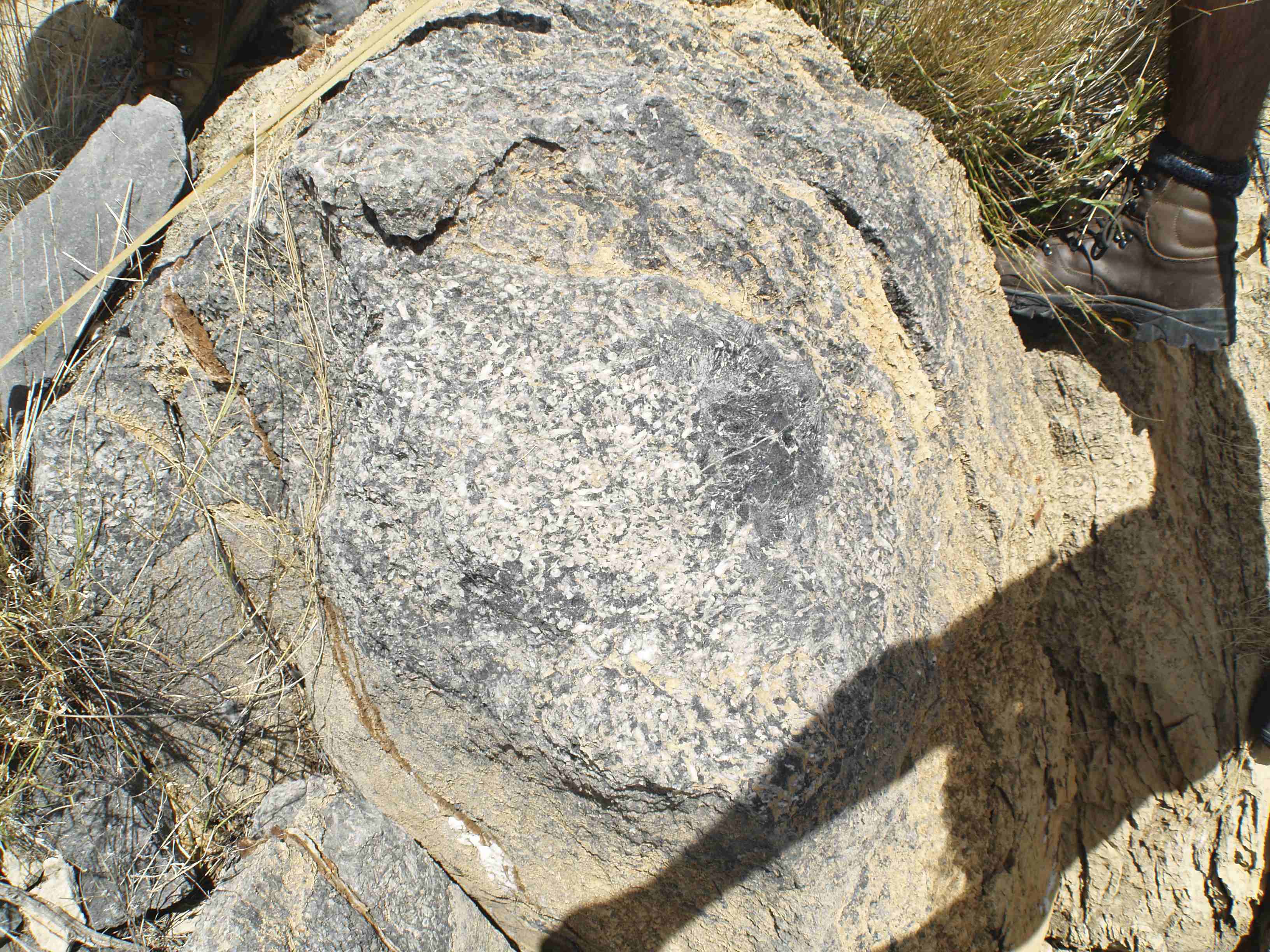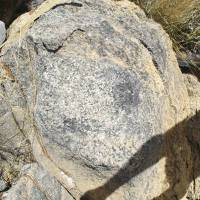A sea creature that looked like a stack of tiny ice cream cones is providing quite a treat for scientists studying the dawn of animal life.
Researchers at the University of Edinburgh said on Thursday they had found fossils of the oldest-known animal-made reef in Namibia, built by a small, filter-feeding seabed creature called Cloudina around 548 million years ago.
The discovery indicates that important evolutionary developments were unfolding millions of years before the so-called Cambrian explosion, when many of the major animal groups first appeared. It also showed that reef building by marine invertebrates, akin to today's coral reefs, began 18 million years earlier than previously known.
Cloudina, one of the earliest known animals, was the first with a hard skeleton, in this case an outer shell. Its fossils have been found around the world, but it had not been known that it built reefs — a collective activity that helps gain protection from predators and improves food gathering.
The reefs were small, about 3 to 6 feet (1 to 2 meters) across, and stood alongside larger ones made by microbes. Cloudina, perhaps related to jellyfish, corals and sea anemones, were each up to 6 inches long (15 cm) and measured about three-tenths of an inch (8 mm) wide.
Scientists think the animal itself occupied only the top cone of the stack so that — like some modern corals — a small living animal was supported by a larger, unoccupied skeleton that grew over time.
It lived during the Ediacaran Period, a remote time in Earth's history that preceded a torrent of animal evolution in the Cambrian Period that followed. The oldest animal fossils date from the Ediacaran.




















With your current subscription plan you can comment on stories. However, before writing your first comment, please create a display name in the Profile section of your subscriber account page.